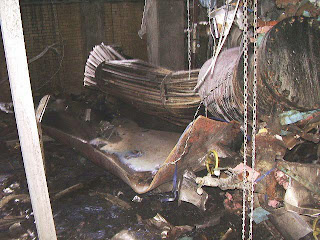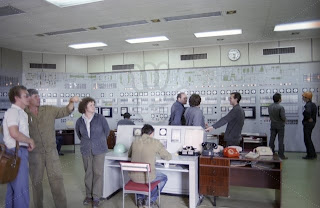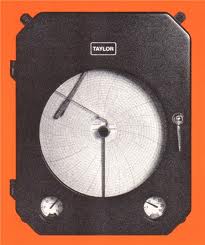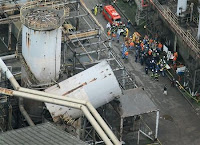There are lessons to learn from an aborted take off recently at Hong Kong airport. The aircraft commenced takeoff not on the assigned runway but parallel
taxiway. The air traffic controller noticed the airplane accelerating on
the taxiway and ordered the aircraft to stop. There was no other
traffic on the taxiway at the time of the serious incident.A news report mentions the following:
"Hong Kong's Civil Aviation Department (CAD) released their final report concluding the probable causes of the incident were:
- A combination of sudden surge in cockpit workload and the difficulties experienced by both the Captain and the First Officer in stowing the EFB computers at a critical point of taxiing shortly before take-off had distracted their attention from the external environment that resulted in a momentary degradation of situation awareness.
- The SOP did not provide a sufficiently robust process for the verification of the departure runway before commencement of the take-off roll.
- The safety defence of having the First Officer and the Relief Pilot to support and monitor the Captain’s taxiing was not sufficiently effective as the Captain was the only person in the cockpit trained for ground taxi'.
Are your SOP's clear and are your operators trained to handle spurts in workload that occur during an emergency?
Read the news article in this link.
"Hong Kong's Civil Aviation Department (CAD) released their final report concluding the probable causes of the incident were:
- A combination of sudden surge in cockpit workload and the difficulties experienced by both the Captain and the First Officer in stowing the EFB computers at a critical point of taxiing shortly before take-off had distracted their attention from the external environment that resulted in a momentary degradation of situation awareness.
- The SOP did not provide a sufficiently robust process for the verification of the departure runway before commencement of the take-off roll.
- The safety defence of having the First Officer and the Relief Pilot to support and monitor the Captain’s taxiing was not sufficiently effective as the Captain was the only person in the cockpit trained for ground taxi'.
Are your SOP's clear and are your operators trained to handle spurts in workload that occur during an emergency?
Read the news article in this link.




